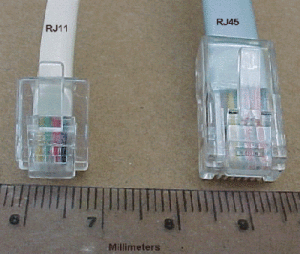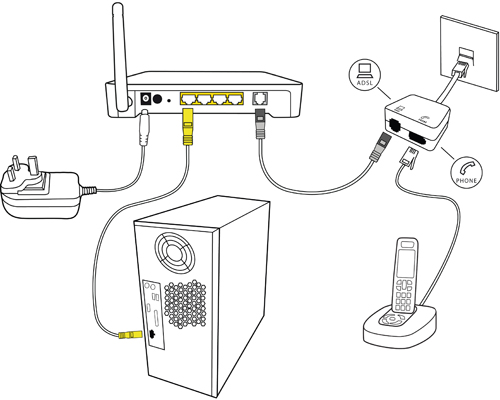When it comes to connecting your computer to network devices such as switches and routers, the type of cable you use is crucial. An Ethernet patch cable, also known as a network cable, is the standard choice. A regular phone cable, despite its similar appearance, will not suffice. This article will delve into the differences between Ethernet cables and phone cables, helping you understand their unique characteristics and applications.

Ethernet cables, including Cat5, Cat5e, Cat6, Cat6a, and so on, are typically thicker and rounder than phone cables. These are twisted pair cables designed to carry signals in structured cabling for computer networks such as Ethernet. An Ethernet network cable consists of eight color-coded wires, twisted into four pairs. In contrast, phone cables are narrower, flatter, and consist of only four wires. This difference in structure results in Ethernet cables having a larger bandwidth than phone cables.
The connectors used with these cables also differ. Ethernet network cables are terminated with RJ-45 connectors, while phone cables use smaller RJ-11 connectors. “RJ” stands for registered jack. An RJ-45 connector has eight contacts, or pins, to accommodate the eight wires in an Ethernet cable. In contrast, phone cables have fewer pins, making the RJ-11 connector smaller than the RJ-45. Consequently, the jack for network cables is wider than that for phone cables.

The applications of these cables also vary. Phone cables are typically used for home telephone lines and Digital Subscriber Line (DSL) connections. On the other hand, Ethernet network cables are used to interconnect computers and network devices such as hubs, switches, and routers. Depending on the specific connection, you may choose between straight-through network cables and crossover network cables.
In summary, while Ethernet cables and phone cables may look similar and both facilitate the transmission and reception of information, they are quite different. Their physical characteristics, connector types, and applications vary significantly. If you’re aware of other differences between these two types of cables, feel free to share in the comments.






0